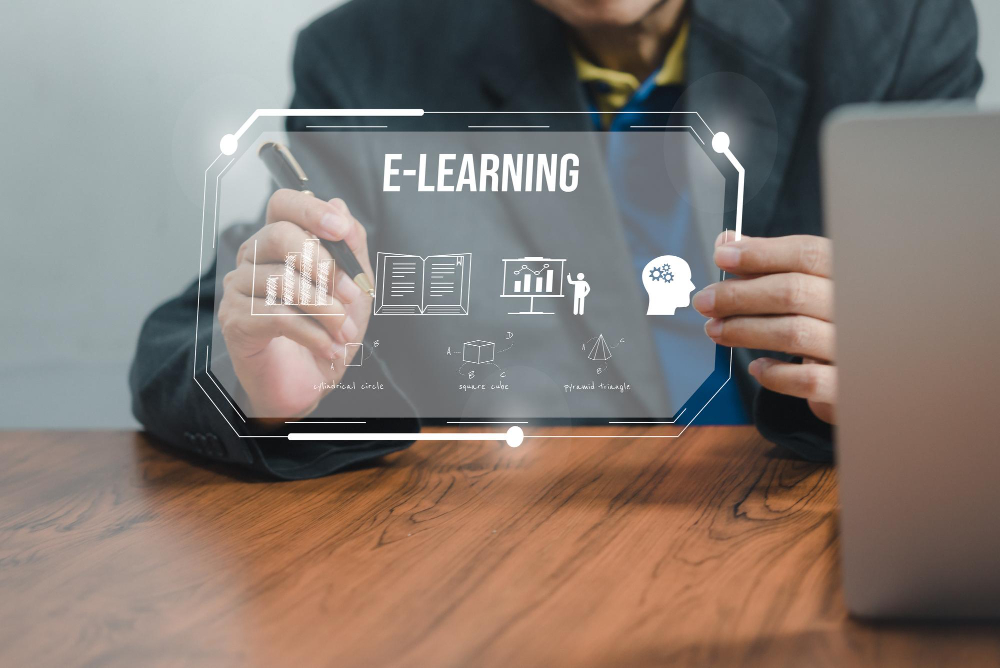Seamless eLearning integration is quickly becoming crucial in maintaining competitive and agile workforces. In an era where digital transformation steers organizational strategies, incorporating eLearning within daily routines enables a more flexible and adaptive learning culture. This approach streamlines knowledge acquisition, ensuring employees are ready for real-time challenges while also staying motivated and engaged. Training, once siloed and static, is evolving to blend with everyday work tasks, offering unmatched convenience and relevance for diverse learners, including remote and in-office workers alike.
To effectively integrate eLearning into the workplace, it’s essential to harness the transformative power of microlearning. Delivering content in bite-sized, easily digestible formats aligns perfectly with employees’ busy schedules and short attention spans. These quick learning bursts within daily workflows not only enhance retention but also significantly reduce disruptions in productivity. By aligning learning objectives with immediate workplace challenges, organizations can ensure that training remains compelling and immediately applicable, enhancing both skill development and job satisfaction.
A critical factor in seamless eLearning integration is embedding it into existing digital platforms. By utilizing tools already in use, such as collaboration software or project management apps, organizations can offer learning opportunities without introducing new interfaces. This strategy reduces the learning curve, encouraging higher participation and engagement levels. Employees can easily access training resources where they spend their work hours, creating an organic learning environment that minimizes resistance and promotes continuous professional growth.
Developments in artificial intelligence offer substantial opportunities to personalize eLearning experiences. By leveraging AI algorithms, L&D professionals can tailor content to meet unique employee needs based on their learning pace, preferences, and past performance. This customization enhances the learning experience, making it more relevant and motivating for each individual. AI-driven insights can also help identify knowledge gaps, enabling organizations to promptly address skills shortages and strategically align training programs with evolving business needs.
The rise of remote workforces further amplifies the necessity of seamless eLearning in providing consistent training experiences regardless of geographical location. Cloud-based solutions play a significant role here, enabling rich, interactive learning experiences accessible anytime, anywhere. Leveraging these technologies ensures equal learning opportunities for remote employees, fostering a unified corporate culture and keeping teams aligned with organizational goals and values.
Gamification is another tactic to enhance eLearning engagement. Incorporating game-like elements such as rewards, badges, and leaderboards into business training programs adds a layer of excitement and competitiveness that stimulates participation. This approach nurtures a culture of continuous improvement as employees are encouraged to progress within the learning framework, transforming mundane training sessions into thrilling opportunities for personal development and skill enhancement.
Continuous evaluation and feedback loops are vital to refining eLearning integration strategies. By gathering data on training effectiveness and employee satisfaction, L&D professionals can make informed adjustments to address evolving workplace dynamics. Feedback fosters an environment of trust where employees feel valued and invested in the learning process, ultimately heightening the overall impact of eLearning initiatives. Organizations that champion a responsive and proactive L&D approach position themselves as frontrunners in skill development, innovation, and workforce competitiveness.
